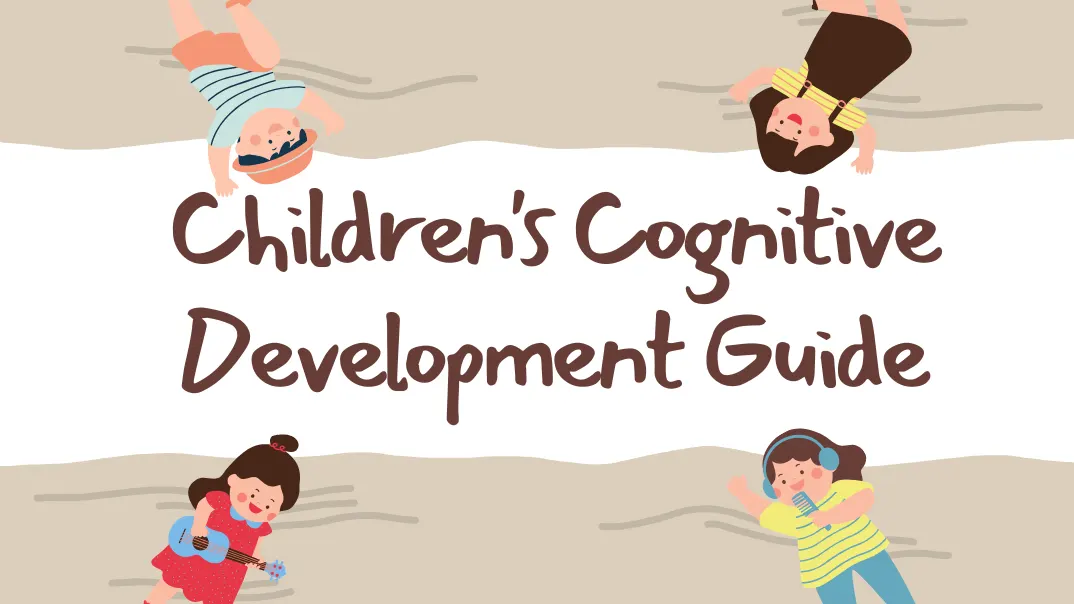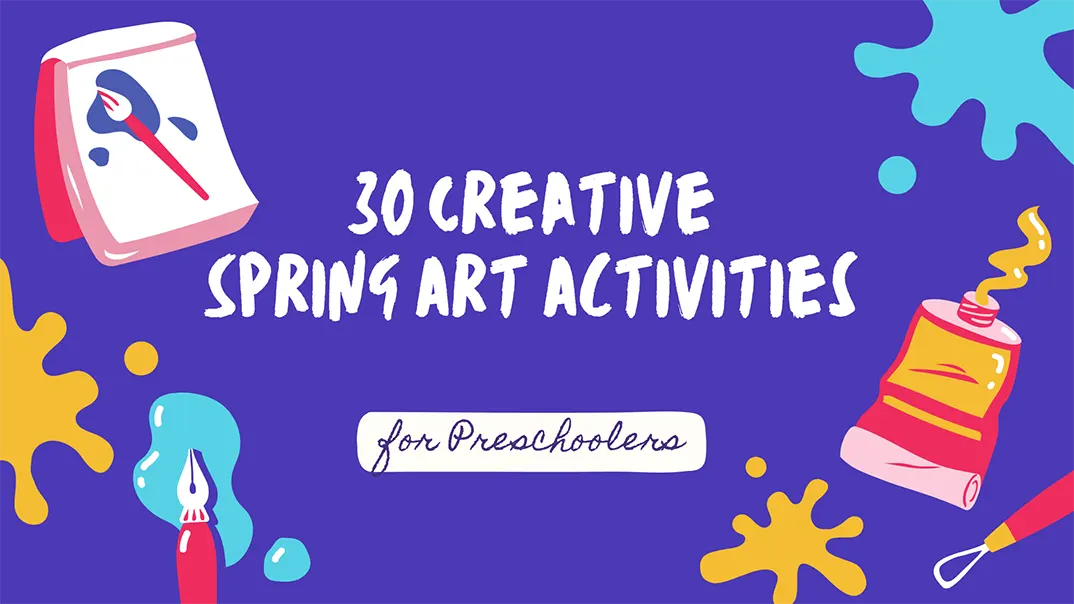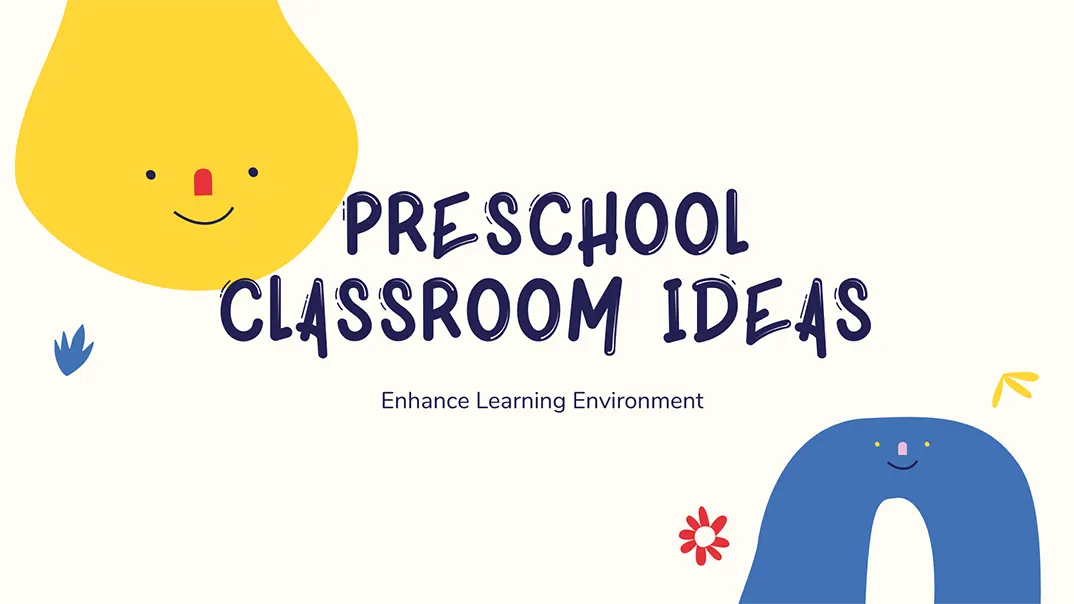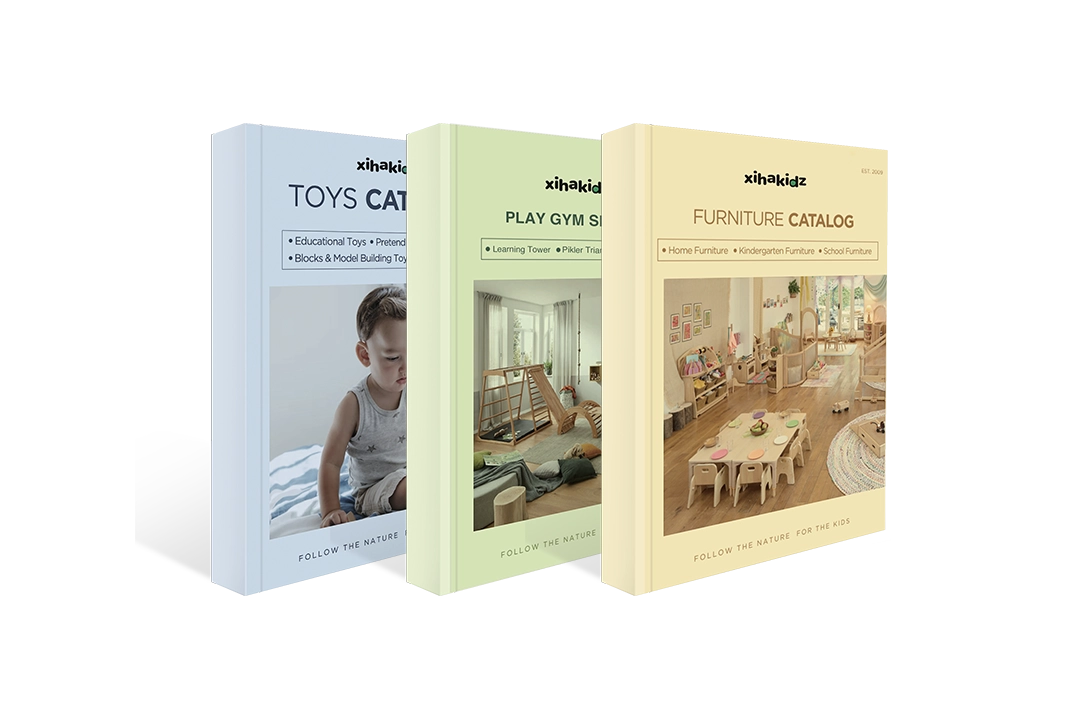Have you ever noticed young children playing side by side without talking or interacting? Do they seem engaged in their world yet still aware of each other? This behavior, known as Parallel Play, is a crucial stage in early childhood development. Many parents and educators wonder if this type of play is normal or if kids should be encouraged to interact more.
Parallel play is a crucial phase in early childhood, during which children play side by side without directly engaging with each other. It helps build independence, observation skills, and social readiness. Understanding and supporting its benefits with the right activities can significantly enhance a child’s learning experience.
Though it may seem like children are playing alone, Parallel Play is an essential foundation for future social interactions. Keep reading to learn why it matters and how to encourage it effectively!
What is Parallel Play?
Parallel play is a stage of early childhood development in which young children play alongside each other without directly interacting. This type of play is common in toddlers between the ages of 2 and 3, though it can also be seen in older children and adults in certain situations.
Unlike cooperative play, where children engage with each other to achieve a shared goal, parallel play allows kids to observe, mimic, and learn from their peers while maintaining their own space and activities.
Characteristics of Parallel Play
- Children play nearby but do not interact directly.
- They may use similar toys or activities but remain focused on their play.
- Observation and imitation are common behaviors.
- It serves as a transitional stage between solitary play and interactive social play.

History of Parallel Play
Sociologist Mildred Parten introduced the concept of Parallel Play in the 1930s as part of her research on social play development in children. Parten identified six stages of play, including Parallel Play, to explain how children’s social interactions evolve.
Her work remains a foundation for early childhood education today. Montessori and Reggio Emilia educators use her theories to structure classroom environments that encourage age-appropriate social learning.
Modern research supports Parten’s theory, showing that children naturally transition from Parallel Play to cooperative interactions as their cognitive and social skills develop.
Stages of Childhood Play Development
Mildred Parten’s six stages of play highlight the progressive nature of social interaction in children. Each stage builds upon the previous one, gradually preparing children for cooperative and structured social play.

Unoccupied Play (0-3 months)
In this earliest stage, infants do not engage in structured play but instead explore their surroundings through movement and observation. Babies may wave their arms, kick their legs, or stare at objects without a clear purpose. This type of play is essential for sensory and motor development, as it lays the foundation for future interaction and coordination.
Key Characteristics:
- Random, uncoordinated movements
- No interaction with toys or other people
- Helps develop body awareness and motor control

Solitary Play (0-2 years)
During this stage, children play alone with toys, completely engrossed in their activity. They do not show interest in what others are doing, even if other children are playing nearby. Solitary play is crucial for fostering independence and creativity.
Key Characteristics:
- The child plays alone and focuses on their activity
- No effort to interact with peers
- Encourages self-sufficiency and imaginative play

Onlooker Play (2 years)
Children begin to watch others play without actively joining in. They may stand nearby, observe closely, or ask questions about their peers’ actions but do not participate. This stage helps children learn social skills by watching and understanding group dynamics.
Key Characteristics:
- Observing without participation
- Increased curiosity about others’ activities
- Beginning to understand social norms and play behaviors

Parallel Play (2 years +)
At this stage, children play alongside each other with similar toys or activities but do not directly interact. They may occasionally glance at their peers, mimic behaviors, or take inspiration from others’ actions. Parallel play is a crucial transition from solitary to more interactive social play.
Key Characteristics:
- Playing near other children but not engaging with them
- Observing and sometimes imitating peers
- Developing early social awareness without forced interaction

Associative Play (3-4 years)
Children begin interacting with each other, sharing materials, and talking during play. However, their activities remain loosely organized, with no set goal or structured rules. Associative play is important to develop cooperation, communication, and problem-solving skills.
Key Characteristics:
- Sharing toys but playing independently
- Beginning conversations during play
- No defined structure or common goal

Collaborative Play (4 years +)
The final stage of play development involves fully interactive, cooperative play. Children work together toward a shared objective, follow rules, and engage in group activities. This stage requires advanced social, cognitive, and emotional skills.
Key Characteristics:
- Playing together with a common goal
- Clear organization and structure in activities
- Following rules and taking turns

Benefits of Parallel Play
Parallel play is more than just an in-between stage of development; it offers numerous benefits that help shape a child’s cognitive, social, and emotional growth.
1. Support Language Development
Even without direct communication, children engaged in Parallel Play absorb language passively. They hear new words, observe how others express themselves, and start mimicking sounds. This passive exposure gradually builds vocabulary and speech patterns, preparing children for future conversations.
2. Promote the Development of Motor Skills
Children refine their fine and gross motor skills When they engage in activities like building blocks, stacking cups, or playing with toy cars. These activities strengthen hand-eye coordination, grip control, and spatial awareness.
Transform Your Classroom with Custom Furniture Solutions
3. Promote Social Development
Parallel Play introduces children to social norms without the pressure of direct interaction. They learn to share space, take turns, and observe appropriate behaviors. This silent form of communication is essential for later stages of play.
4. Promote Collaboration and Sharing
Though Parallel Play is independent, it subtly encourages collaboration. Children may copy each other’s actions, take inspiration from a peer’s play, or become comfortable sharing toys.
5. Promote Independence
Parallel Play allows children to develop a sense of autonomy. They make independent choices, explore their creativity, and gain confidence in their abilities in a social setting.
How Does Parallel Play Differ from Other Forms of Play?
| Play Type | Interaction Level | Key Characteristics |
|---|---|---|
| Solitary Play | None | A child plays alone, focused on their activities. |
| Parallel Play | Minimal | Children play near each other but do not interact. |
| Onlooker Play | Observational | A child plays alone, focused on their own activities. |
| Associative Play | Limited | Children interact slightly but do not work toward a common goal. |
| Cooperative Play | Full | Children actively engage, share goals, and collaborate. |
Transform Your Classroom with Custom Furniture Solutions
Examples of Parallel Play
Parallel play can take many forms, depending on a child’s interests and developmental stage. Below are some common examples of how it occurs in everyday settings.
- Building Blocks: Two children sit side by side, each constructing their tower without attempting to interact.
- Coloring and Drawing: Children use separate sheets of paper but may observe each other’s work and subtly imitate designs or colors.
- Playing with Cars or Dolls: One child pushes a toy car while another plays with their own, sometimes glancing at their peer’s actions.
- Sensory Play: A group of toddlers plays with kinetic sand at the same table, each focused on their own experience.
- Outdoor Play: Two children ride tricycles in the same area but do not engage in a race or conversation.

How to Help Children Engage in Parallel Play?
Encouraging parallel play is essential for healthy social and cognitive development. Here are some ways parents and educators can support this stage of play.
Create a Shared Play Space
Arrange an environment where children can play near each other but still have their own space.
- Provide individual playstations with similar toys.
- Allow children to choose their activities without pressure.
- Encourage natural observation rather than forced interaction.
Provide a Variety of Toys
Offering multiple options encourages children to engage independently while still observing their peers.
- Use building blocks, puzzles, and toy animals.
- Rotate toys to keep engagement fresh and exciting.
- Ensure enough materials to prevent competition.
Model Play Behaviors
Adults can demonstrate play behaviors that children may observe and later imitate.
- Engage in play activities alongside children without forcing interaction.
- Verbally describe actions while playing to introduce new vocabulary.
- Maintain a relaxed, stress-free environment to encourage exploration.

How Parallel Play Works for Children with Autism?
For children with autism, Parallel Play is a comfortable way to engage with peers without the overwhelming pressure of direct interaction. Many children on the autism spectrum struggle with social cues, making traditional cooperative play difficult. Parallel Play provides them with a structured yet flexible environment for learning.
Key Benefits for Autistic Children
- Reduces Social Anxiety – No forced interaction means less stress.
- Encourages Social Learning – Observing others helps them understand social behaviors.
- Supports Sensory Regulation – Children can engage at their comfort level.
Parents and therapists can use Parallel Play as a stepping stone to encourage later interaction by gradually introducing turn-taking and sharing activities.

Transition from Parallel Play to Cooperative Play
As children grow, they naturally shift from Parallel Play to more interactive forms of play. Here’s how this transition occurs:
- Increased Interest in Peers: Children begin watching each other more closely and mimicking behaviors intentionally.
- Introduction of Simple Collaboration: They may start sharing toys or taking turns without structured rules.
- Engagement in Associative Play: Conversations emerge, and children become more interested in group activities.
- Cooperative Play Development: By age 4+, children fully engage in team-based activities where they work towards shared goals.
To encourage this transition, caregivers can introduce group games, team-building activities, and role-playing scenarios that require more structured interaction.
FAQs About Parallel Play
- How does parallel play differ from cooperative play?
Parallel play involves playing alongside others without direct interaction, while cooperative play requires shared goals and teamwork. - At what age does parallel play typically occur?
It usually begins around age 2 and transitions into more interactive play by ages 3–4. - Is parallel play beneficial for children with autism?
Yes, it helps autistic children develop social awareness in a low-pressure setting. - Can parallel play help shy children?
Yes, it provides a comfortable way to observe and gradually participate in social settings. - Should parents encourage or discourage parallel play?
Encouraging parallel play is essential, as it is a natural developmental stage leading to more interactive play. - Should I be concerned if my child only engages in Parallel Play?
No, unless they show signs of social withdrawal beyond age 4-5. Most children naturally transition to cooperative play when ready. - What’s the best way to encourage Parallel Play?
Provide toys that allow independent exploration within a shared space. - Can older children still benefit from Parallel Play?
Yes, especially in settings like classrooms or special needs environments.
Conclusion
Parallel play is a vital developmental stage for children to build social awareness, communication skills, and independence. While it may seem like children are playing alone, they are actively learning from their surroundings and preparing for more complex social interactions. Parents and educators can help foster essential developmental skills in a stress-free environment by encouraging parallel play through engaging activities.








